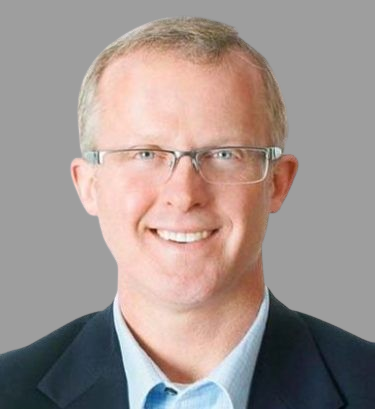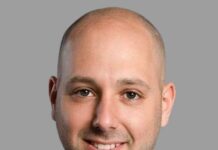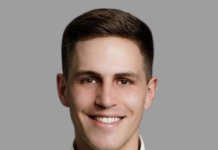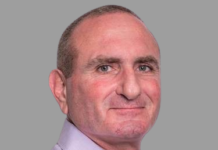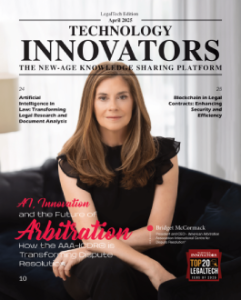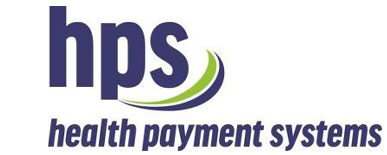 Company: Health Payment Systems
Company: Health Payment Systems
Website: www.hps.md
Management: Terry Rowinski, President and CEO
Founded Year: 2005
Headquarters: Milwaukee, WI
Description: HPS is a healthcare technology provider offering solutions to enhance the healthcare billing and payment experience for consumers, while also driving value to healthcare providers, insurance companies and employers
The People Element
Leadership, for Terry Rowinski, is passion-driven and consistent. His focus is to provide relatable leadership that engages, inspires, and encourages growth within all levels of an organization. Taking a people-centric approach, Terry yields positive bottom-line results by influencing hard-to-control costs such as turnover and productivity. Evidently, his engine of success is in creating a community culture within the organization, at the same time, giving an empathetic ear and voice to the customers that they serve.
“The best thing we can provide is ease-of-use to our customers in the digital age, especially in the most complex environment, such as healthcare finance management,” claims Terry, President & CEO, Health Payment Systems (HPS). “The current healthcare landscape is not user friendly. In order to make it easy for people to pay bills, they need to understand what they are paying for and must be made digital.” HPS offers solutions to enhance the consumer healthcare billing and payments experience, while driving value to healthcare providers, health insurance companies and employers. “We intercede in the middle of the medical services provider, the employer who offers its employees health insurance through their benefit plan, the employee and their families who consume and pay for healthcare and the insurers,” notes Terry. HPS humanizes the entire way in which people are consuming and paying for healthcare.
Empower People
As a strategic leader, Terry’s aim is to bring a positive impact on HPS’s clients, team, stakeholders, and the communities they serve through focused leadership, keen vision, achievable strategies, and transparent communication. With his steadfast commitment to a people-centric approach to leadership, Terry has infused a sense of capability throughout the organization empowering HPS to increase their client base without sacrificing company values and quality of service. This has, in fact, enabled him to encourage client support and billing/payment processing teams to deliver consistent world-class service.
For instance, as an internally focused activity, Terry and his created an “innovation” week where all of the individual team members in the company were given three business days to work together to suggest something “new” for them to do, like a new business concept, an operational workaround to a problem, a new software product, etc. “Our team ideated over 20 new ideas of which five immediately were put into our product development process and brought to market. It was a huge company win and one that showed that with time and unencumbered spirit, we had it in ‘us’ to push and pull ourselves forward,” says Terry.
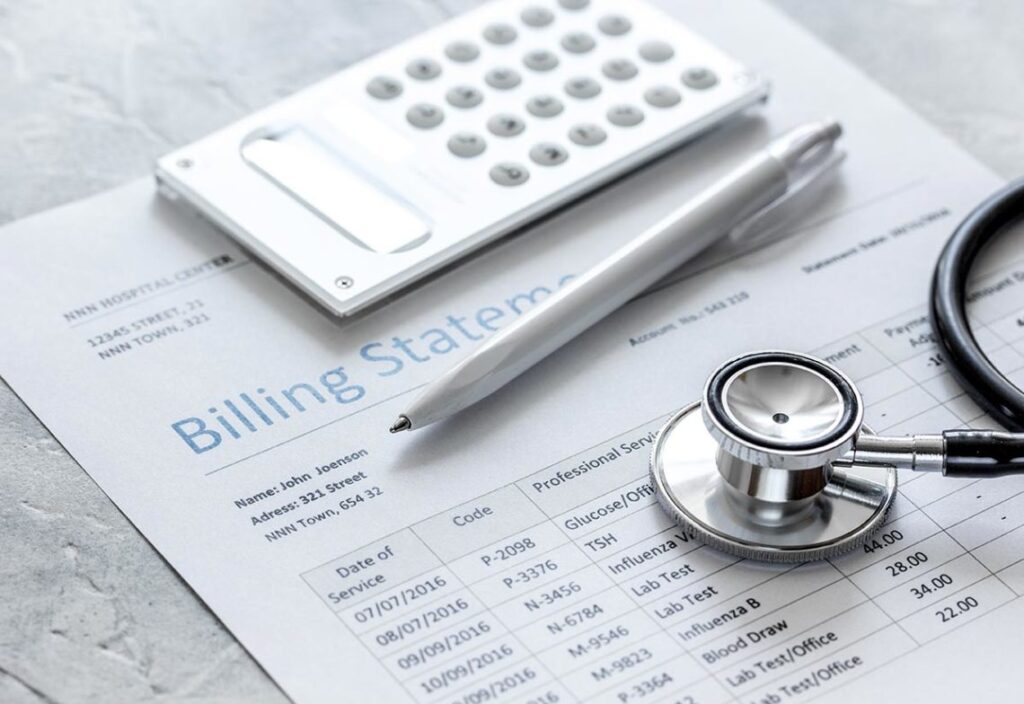
At the Core
Injecting the two key principles—employee engagement and planning—into his leadership, Terry’s progression in HPS, from EVP of Operations to President & CEO of the company, has proven instrumental in many organizational turning points. It includes HPS yielding over 80 percent employee engagement and earning the title, ‘Milwaukee Journal-Sentinel Best Places to Work 2017-2018’ and been awarded the ‘Better Business Bureau’s Torch Award for Ethical Behavior in 2018.’
“Today, no matter what bright and shiny new tool or process we envisioned to use in our business, we’ve realized that the strongest win is the nurturing of our relationships,” says Terry. “And failing only strengthens the process.”
.


